It feels great when you visit your relatives at least once a year to catch up with them. Our family used to go to Bicol every last week of May for the festivities at my father’s hometown. These recent years and due to pandemic, our plans were halted for more than 2 years to go to Sorsogon. As soon as restrictions were lifted, we sought revenge travel even only three of us. I missed Bicol so much that I spent one whole day visiting some towns and church-hopping around Mount Bulusan. Sorsogon is known as the ‘Land of Kasanggayahan’ or ‘A Life of Prosperity’. From its amazing tourists destinations to its heart-warming and friendly Sorsoganons, the province has a lot to offer.
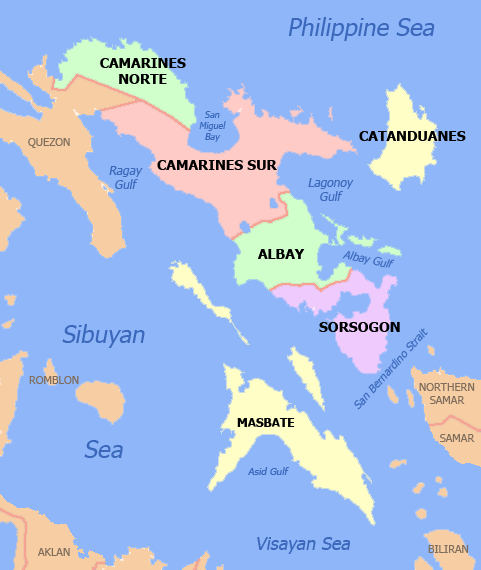
The regional center is Legazpi City and has one Independent Component City, the pilgrim city of Naga. The region is bounded by the Lamon Bay to the north, the Philippine Sea to the east, and the Sibuyan Sea and Ragay Gulf to the west. The northernmost provinces, Camarines Norte and Camarines Sur, are bordered to the west by the province of Quezon.

My 9th Province!
Sorsogon seems underrated compared to its neighbors Albay and Camarines Sur, but it has its own collection of heritage churches and famous tourist spots. In this post, I’ll show some tourist destinations I visited in Sorsogon within that day. I’ll post here in my #project81 the articles related to each province. Presenting my sightseeing itinerary below with Municipality of Bulan as my start and end point, my father’s hometown:
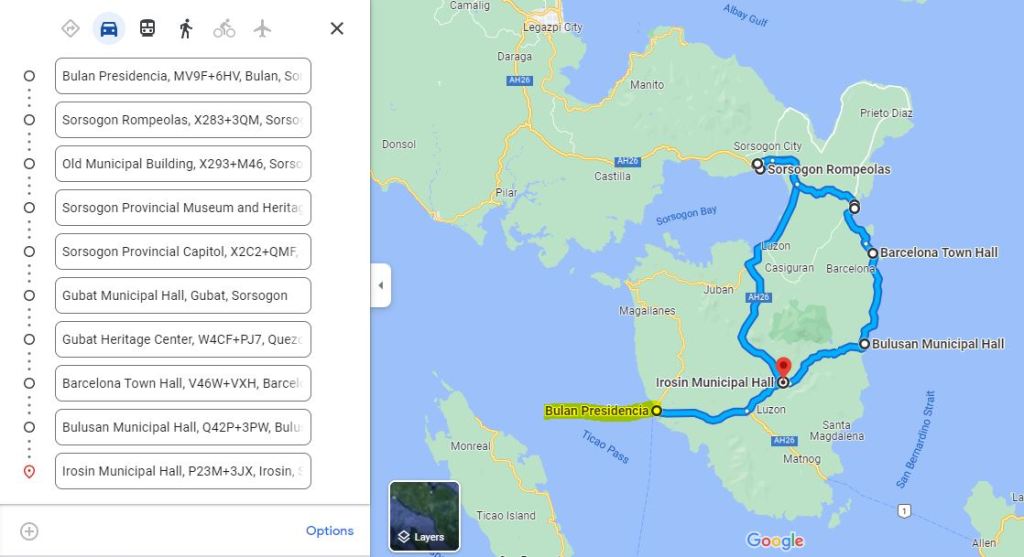
SORSOGON PROVINCE HIGHLIGHTS:
Bulan
📍Bulan Presidencia
📍Bulan Municipal Hall
📍Immaculate Conception Parish Church
📍Sabang Park and Beach Resort for dine-in restos and other leisure activities
📍Bulan Freedom Park
📍Ilawod Beach Resort in Otavi
Sorsogon City
📍Sorsogon Provincial Museum and Heritage Center
📍Sorsogon Provincial Capitol and Park
📍Sts. Peter and Paul Cathedral
📍Sorsogon City Hall
📍Sorsogon Sports Complex
📍Old Municipal Building
📍Sorsogon Rompeolas
📍Bread and Brew where you can buy Sorsogon souvenirs and other delicacies
Gubat
📍Gubat Heritage Center
📍Gubat Municipal Hall
📍St. Anthony De Padua Parish Church
📍Museo de San Antonio
📍Gubat Municipal Park
Barcelona
📍St. Joseph Parish Church marked as Important Cultural Property
📍Barcelona Ruins Park
📍Barcelona Town Hall
📍Barcelona Boulevard
Bulusan
📍Punta Diamante Fortress
📍St. James the Greater Parish
📍Bulusan Municipal Hall
📍Bulusan Volcano Natural Park
📍Zoe’s Resort & Eco-Adventure Park where Kambal Busay and Hidden Falls are located
Irosin
📍St. Michael Archangel Catholic Church
📍Irosin Municipal Hall
📍Rizal Park
📍View of Mount Bulusan at hilltop where Irosin church is located
📍Valley View
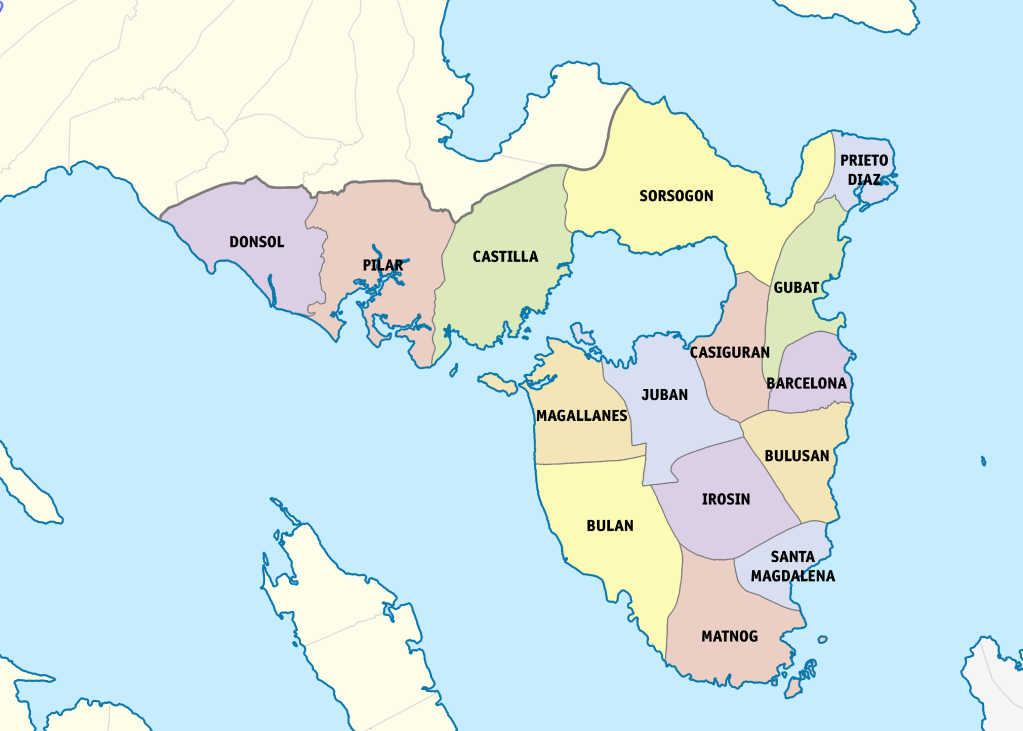
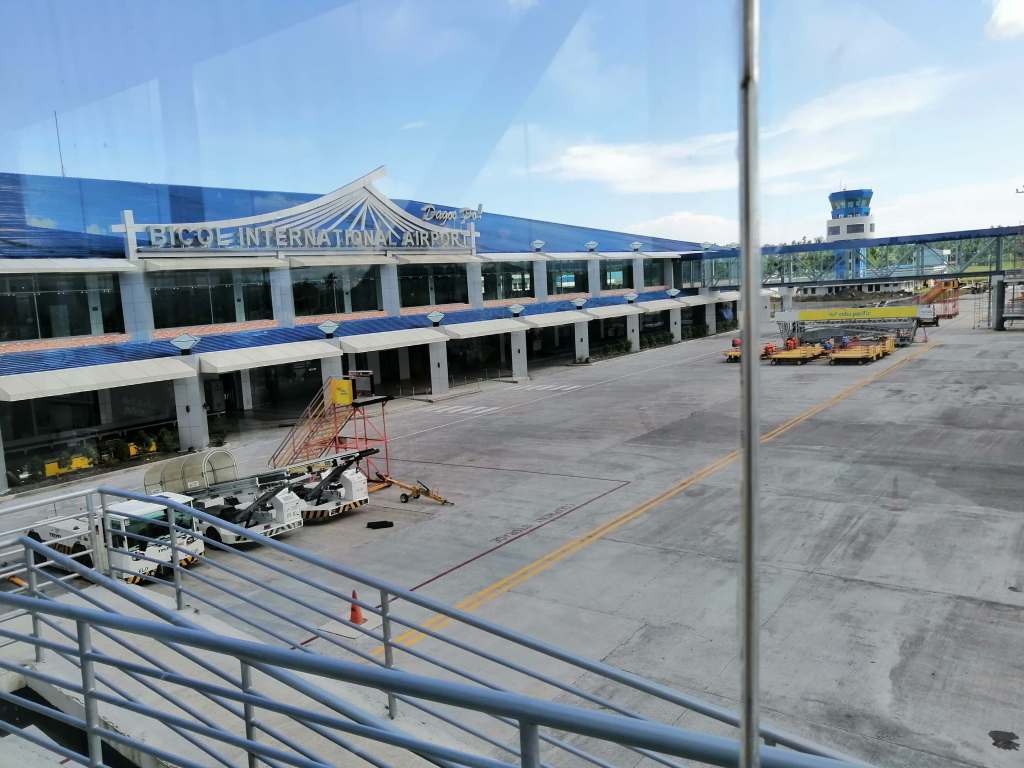
Dubbed as the Philippines’ “Most Scenic Gateway”, the airport is located in Daraga, an adjacent municipality of Legazpi.
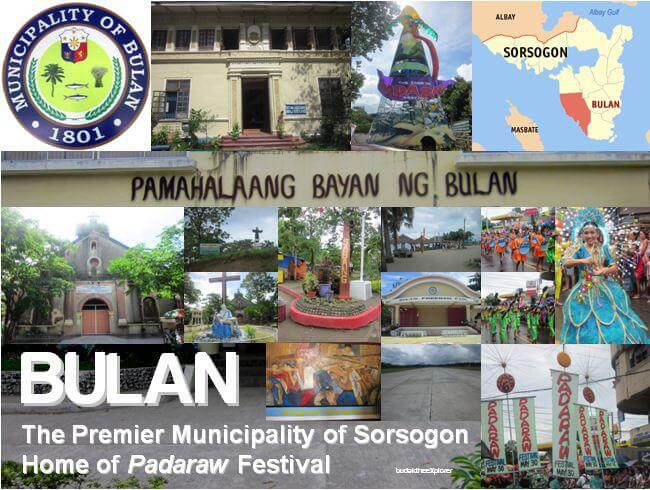

One of the last remaining public buildings built in 1921 by renowned architect, Tomas Mapua, the Bulan Presidencia was funded by the then Bureau of Public Works during the U.S. Commonwealth period in the Philippines.
Now an Important Cultural Property, the Bulan Presidencia has withstood the test of time and was a mute witness to several milestones in the history of the country.
From its construction during the American colonial period, the Japanese Occupation, Martial Law, and the People Power Revolution, the Bulan Presidencia has proudly reached 100 this year.
Today, the Bulan Presidencia serves as a museum, tourism office, and library for the public to enjoy.
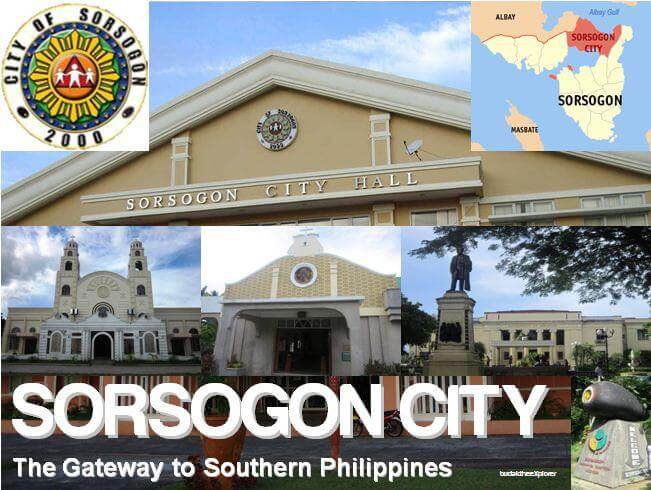
The component city was established on the year of 2000, from the merger of Bacon and Sorsogon municipalities. It serves a trans-shipment point from the Visayas and Mindanao provinces and is dubbed as the “Gateway to Southern Philippines”. Sorsogon City is one of the region’s leading cities in urbanization and the most promising city in terms of development.
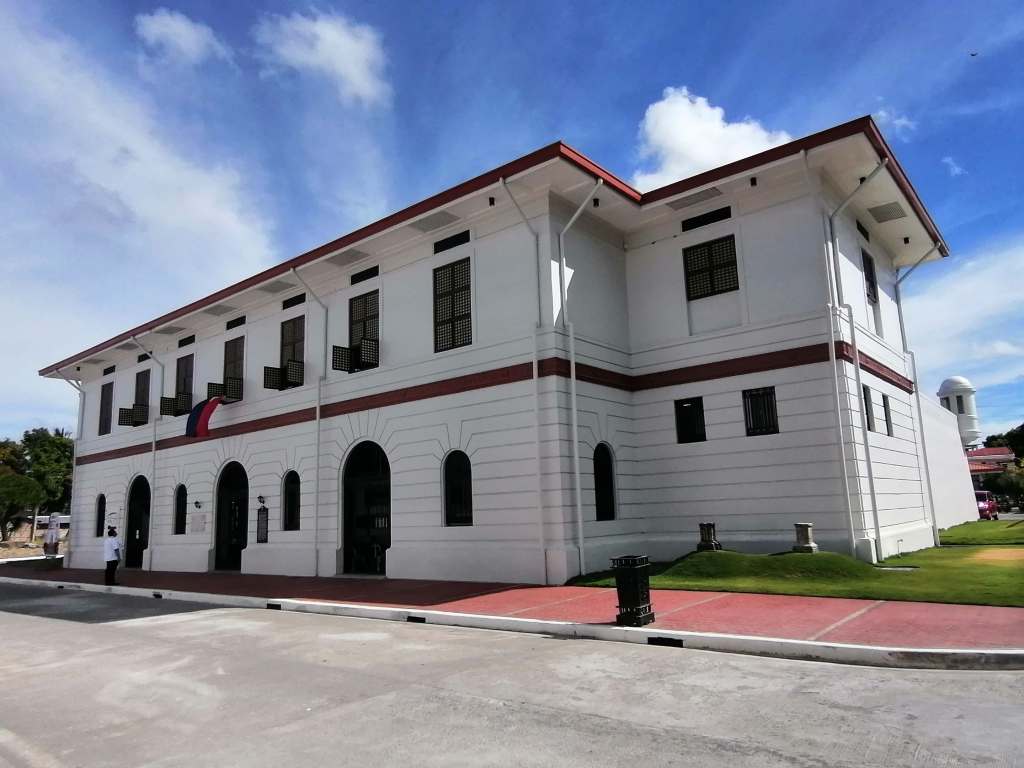
A prominent structure in the province as the hub of the history and culture of Sorsogon. Curated by the National Historical Commission of the Philippines (NHCP), with help from the Sorsogon Provincial Tourism, Culture and Arts Office, Museo Sorsogon tells the story of Sorsogon and its people. It is the old provincial jail repurposed as a heritage museum. This is one of the best provincial museums I’ve ever visited. I wish all provincial museums can be like this.
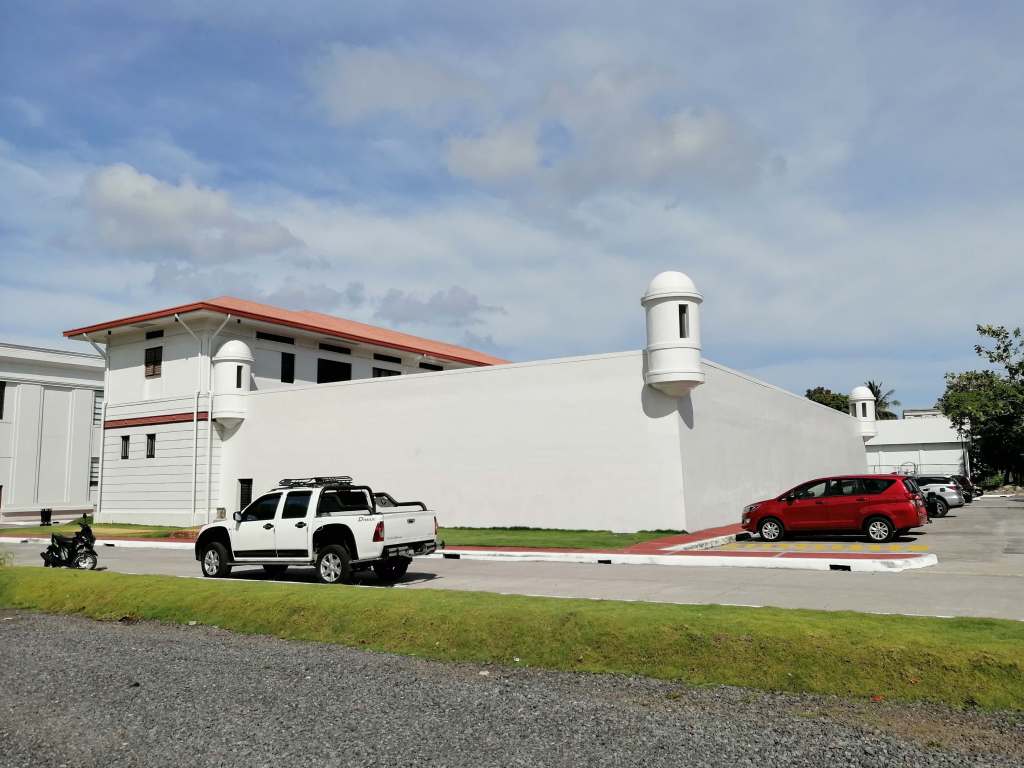
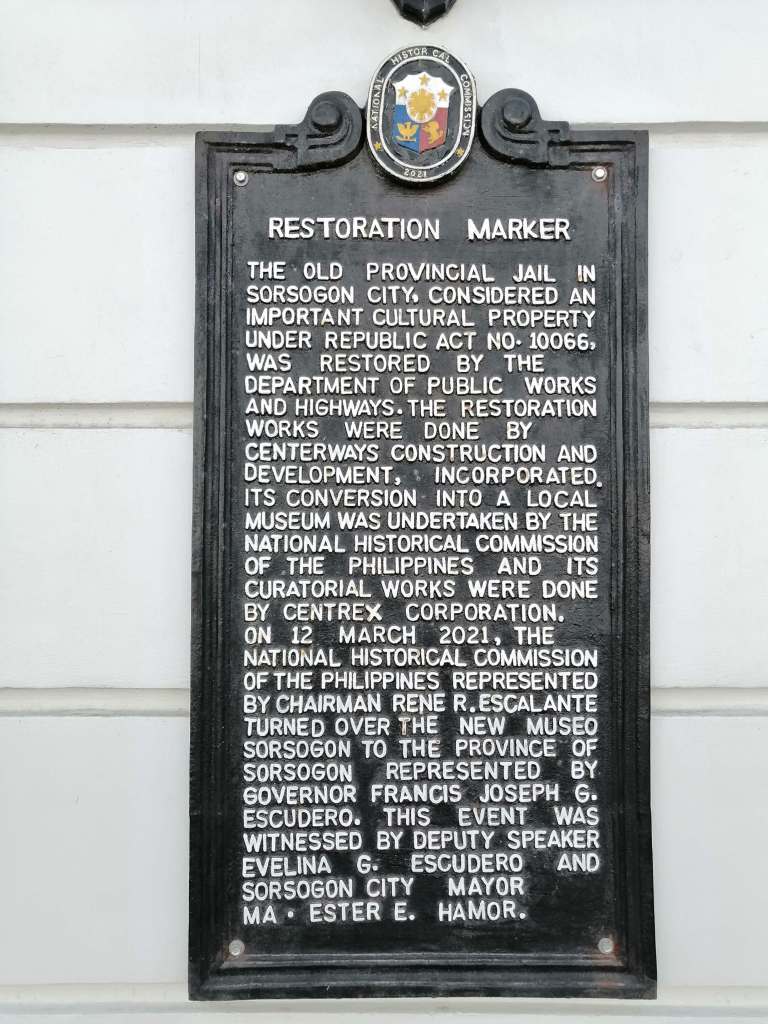

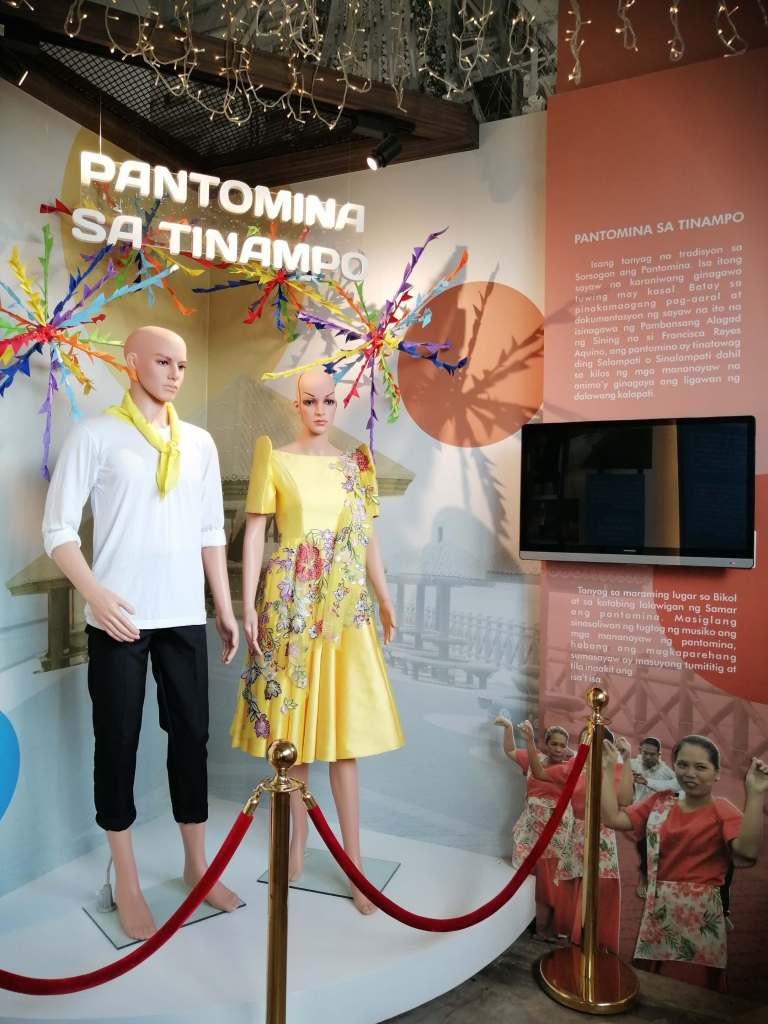

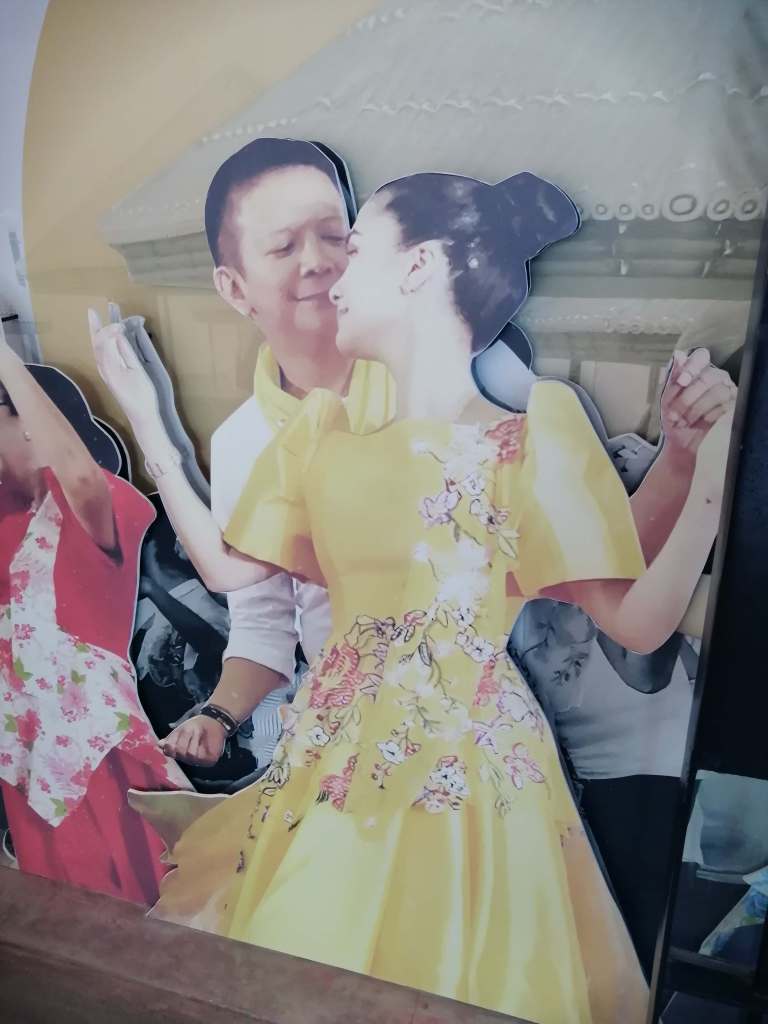
https://gulfnews.com/…/video-7127-filipinos-perform…

Nagmula sa salitang ‘sogsogon’ na may salitang ugat na ‘sogsog’ na nangangahulugang “pagtawid sa tubig ng ilog”.
8:30am-5pm
Php20 Entrance fee
https://www.facebook.com/MuseoSorsogon
#wheninsorsogoncity #gayonsorsogon #ExcitingBicol #itsmorefuninthephilippines
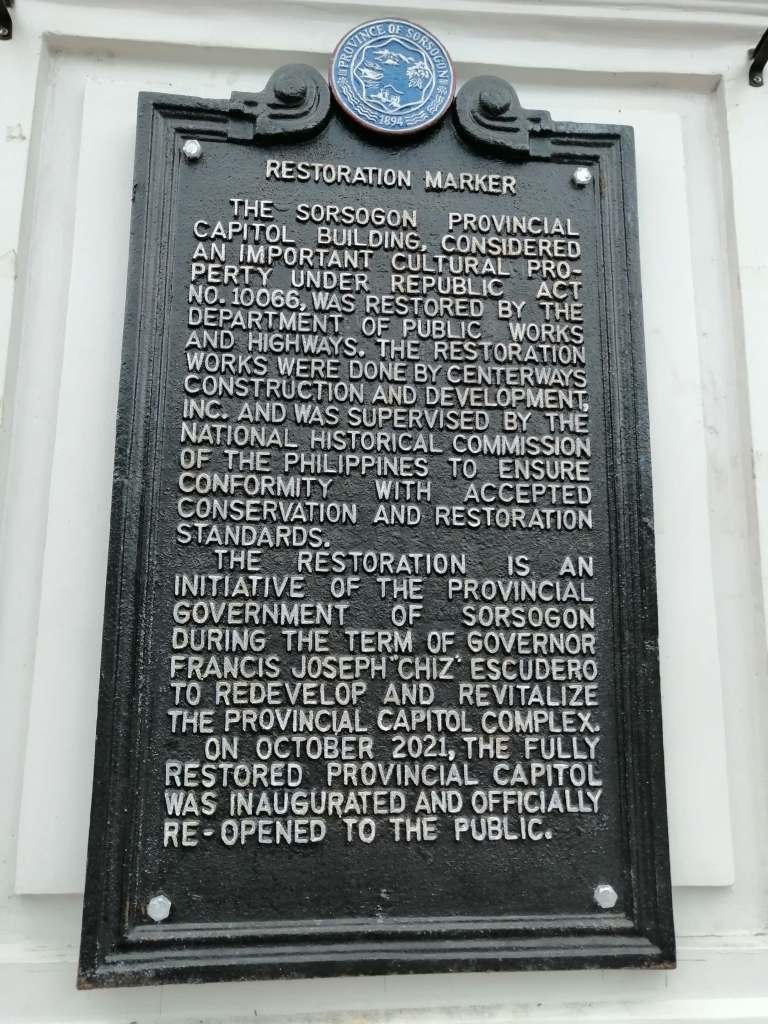
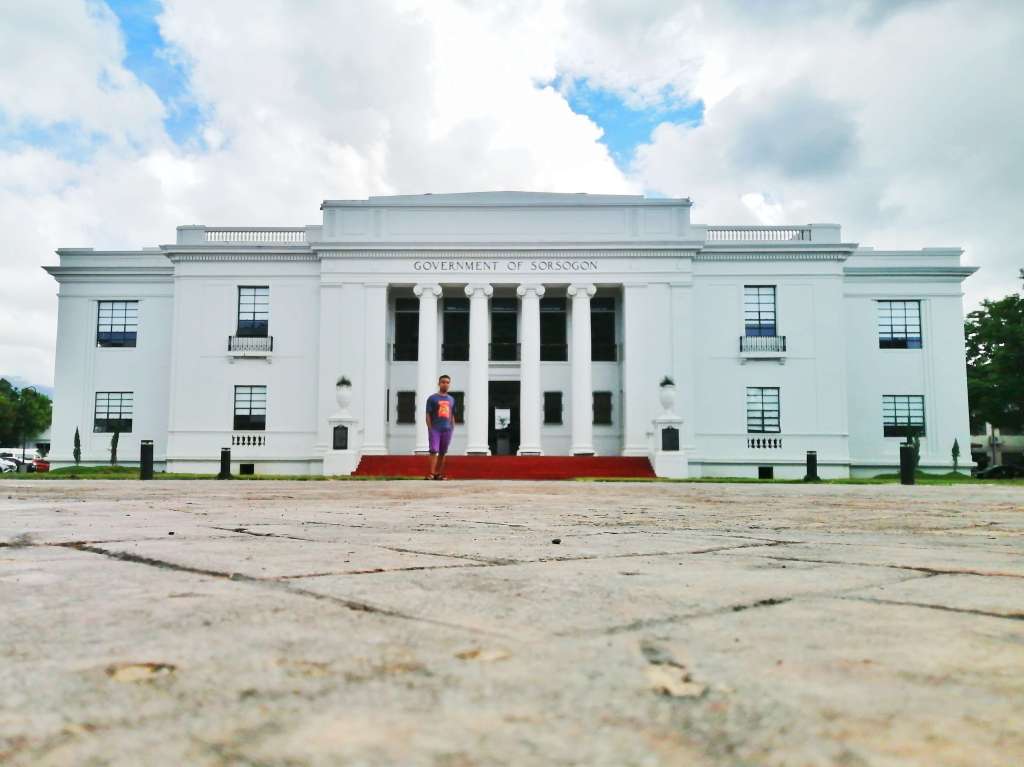
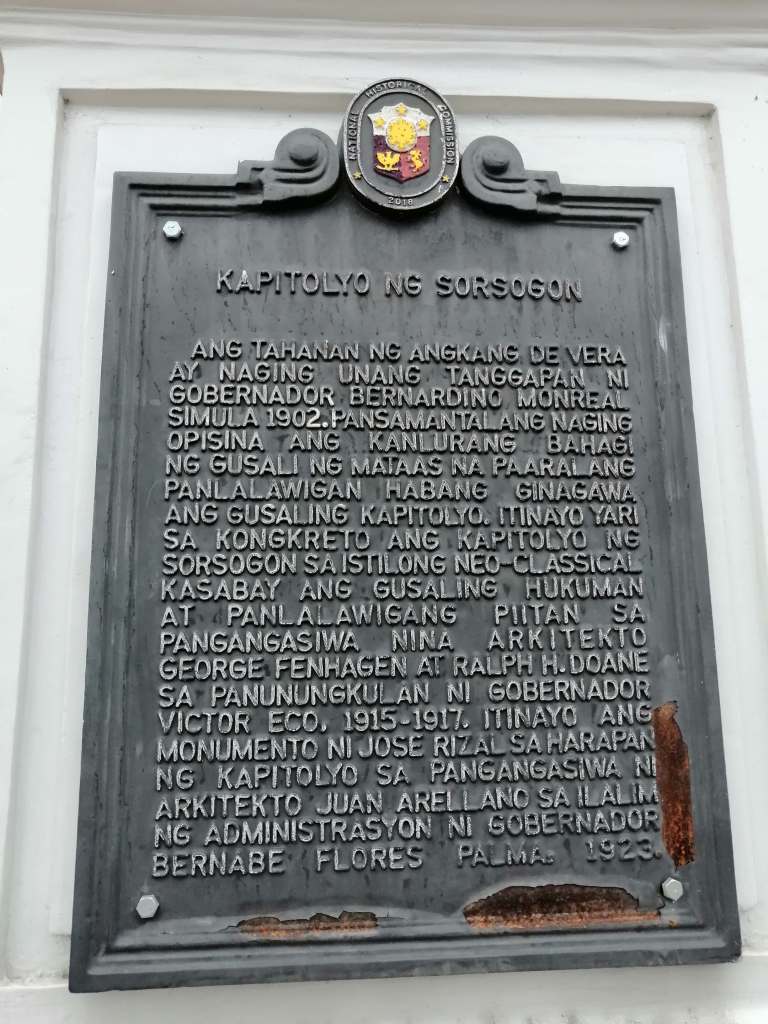
A historical, cultural and sports complex of the city rolled into one in the city district. Though it is being managed by the Provincial Government of Sorsogon, it is considered as one of the major tourism attraction of the city highlighting the magnificence of provincial governance and its people. A visit to the capitol park and immersion with the locals makes everyone experience being a Sorsogueño with an opportunity to glimpse into the historic past of the province through its museum. It also hosts multi-activities from agri-fair, cultural to sports and other large gatherings available to the public day and night with special attractions during yuletide season and festivals.
#wheninsorsogoncity #gayonsorsogon #ExcitingBicol #itsmorefuninthephilippines
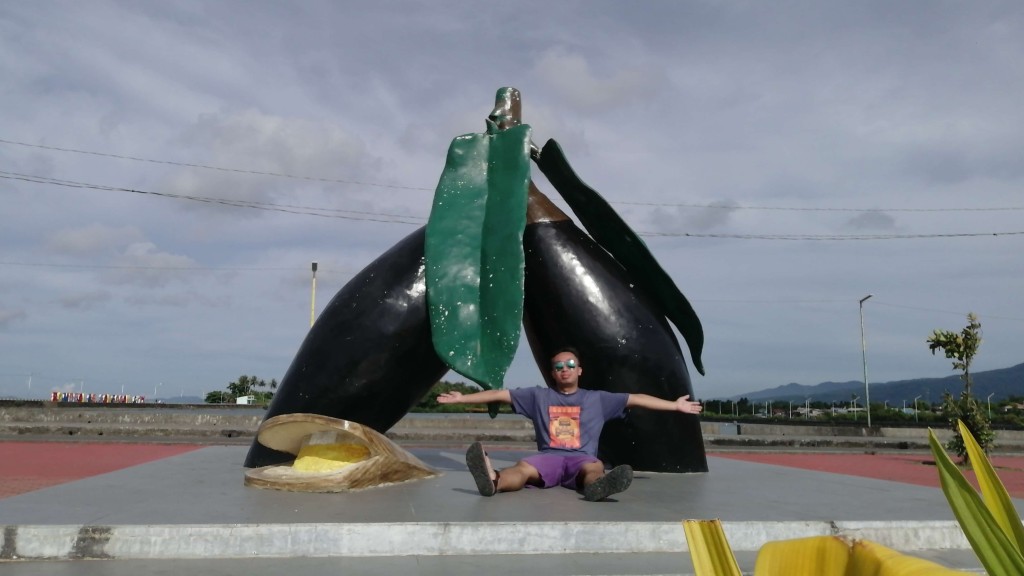
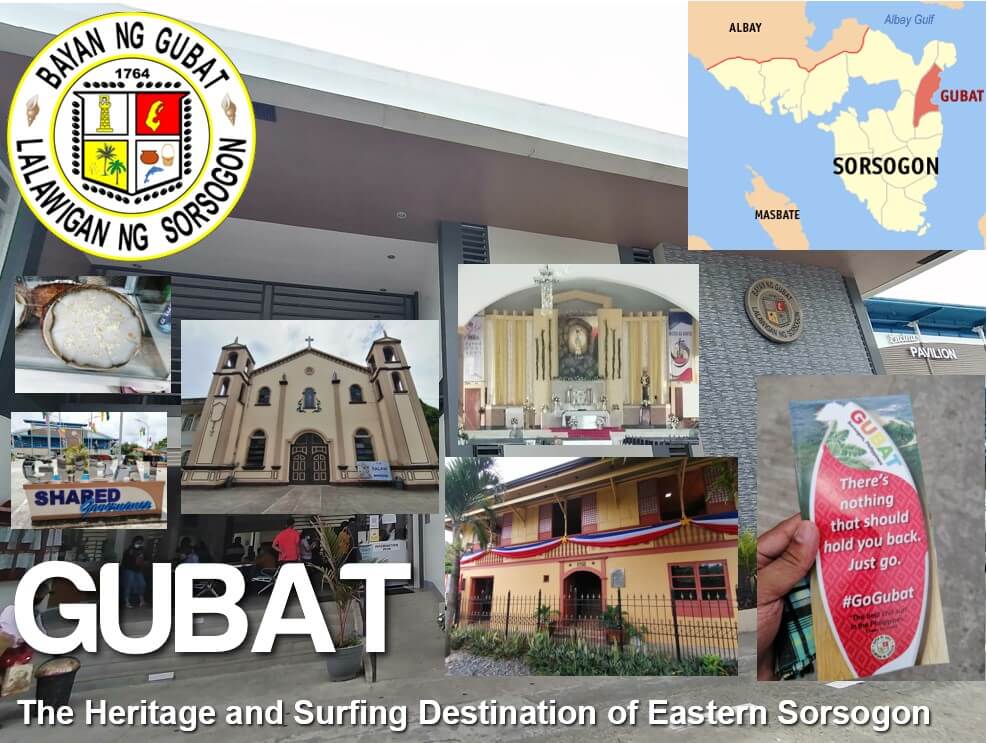
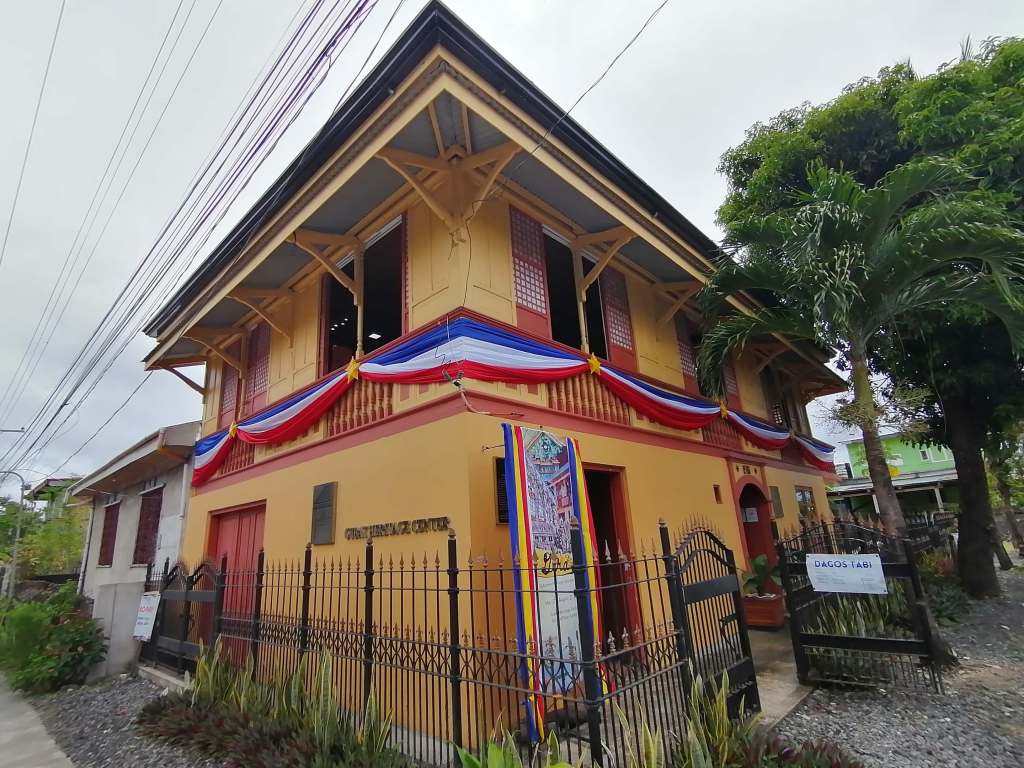
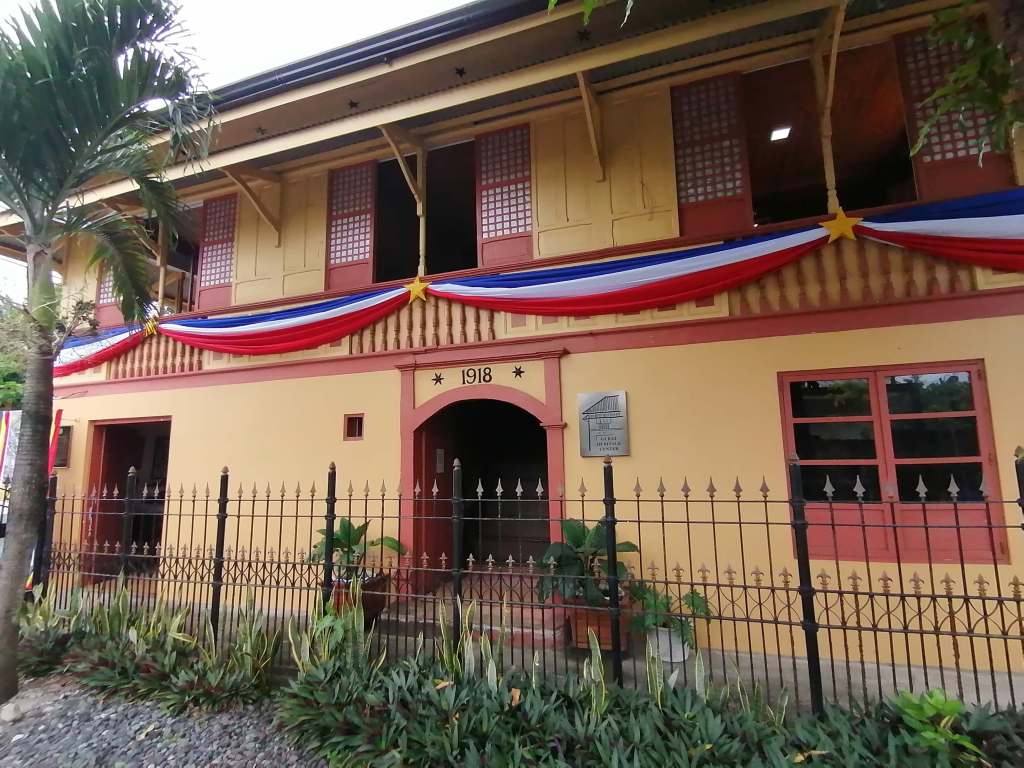

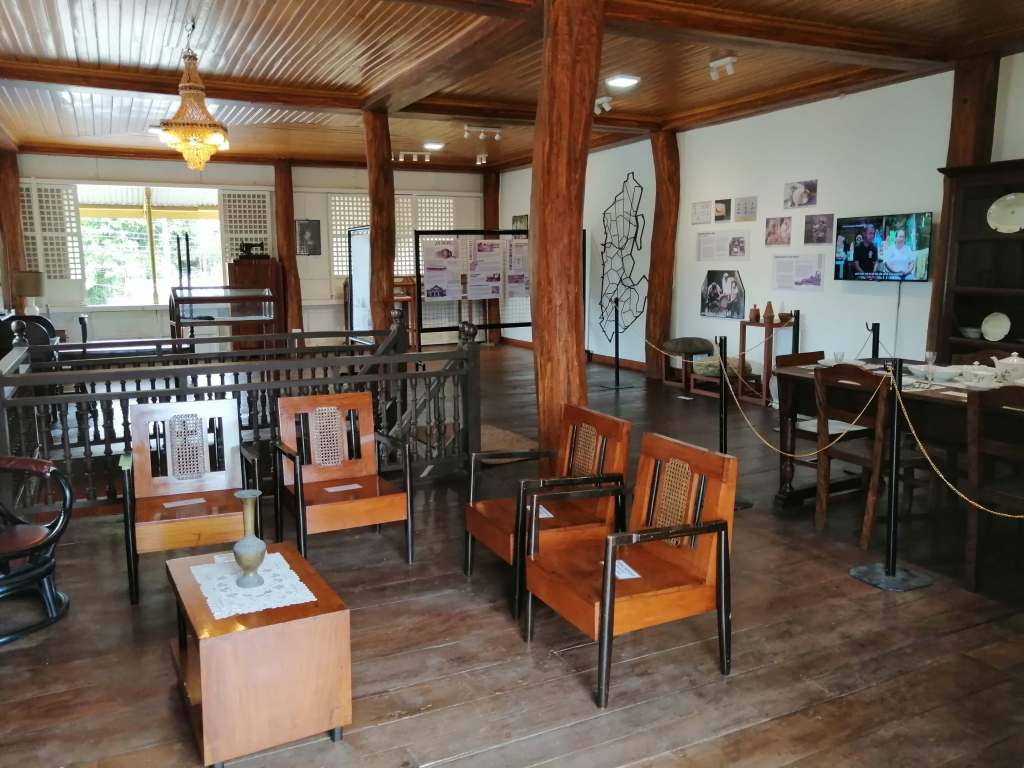
In early 2017, the 148 square meter family residence and the adjacent 364 square meter vacant lot was donated to the Local Government of Gubat by the surviving Sabater children- Paz Maria, Celia, Diana, and Luisa. They are the heirs of Escurel-Sabater Ancestral House. The family wanted the property to be kept intact and maintained by the LGU-Gubat as a heritage center that will become the home of artifacts and antiques; arts and literatures made by Gubatnons, and distinct products of Gubat.
#gayonsorsogon #ExcitingBicol #WhenInGubat #AnGubatNaAramKo #GoGubat #itsmorefuninthephilippines

It is bounded by Gubat in the north, Bulusan in the south, Casiguran in the west and Philippine Sea in the east.
The site of Barcelona was originally part of Gubat and Bulusan. The town’s name was known as Danlog, taken from the name of a local river. The change of name to Barcelona was recommended by a Spanish official who saw some similarities with Barcelona, Catalonia (Spain). On April 16, 1886, it became a pueblo civil. Until 1868, it was part of the parish of St. James the Great of Bulusan. After 1868, it took St. Joseph as its patron saint and celebrates their town fiesta on May 19.
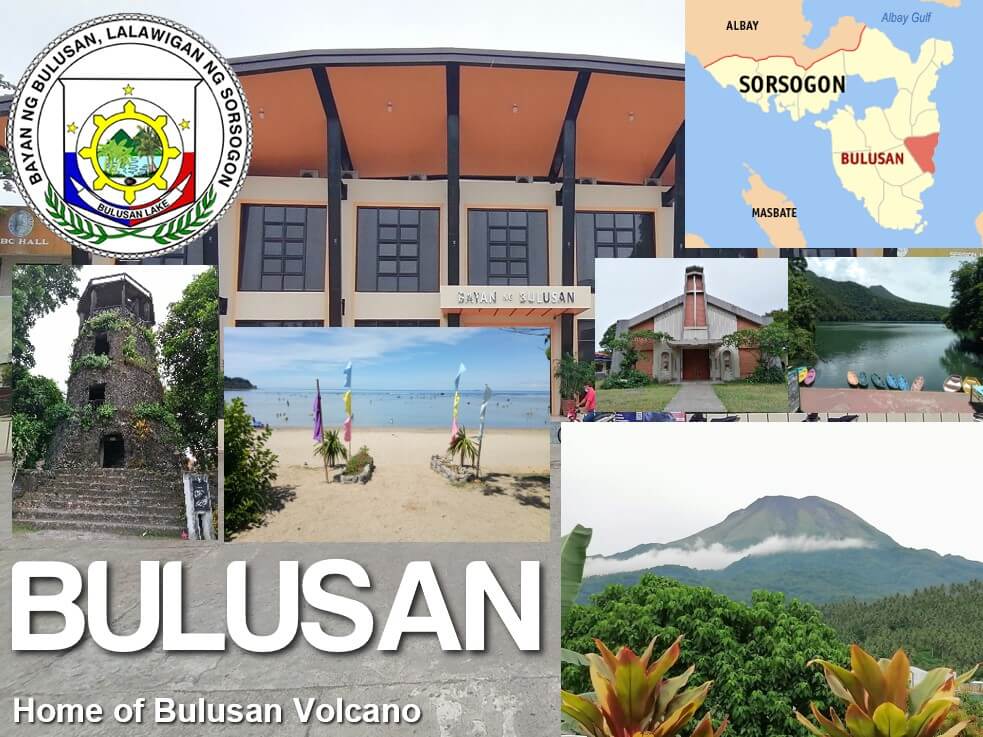



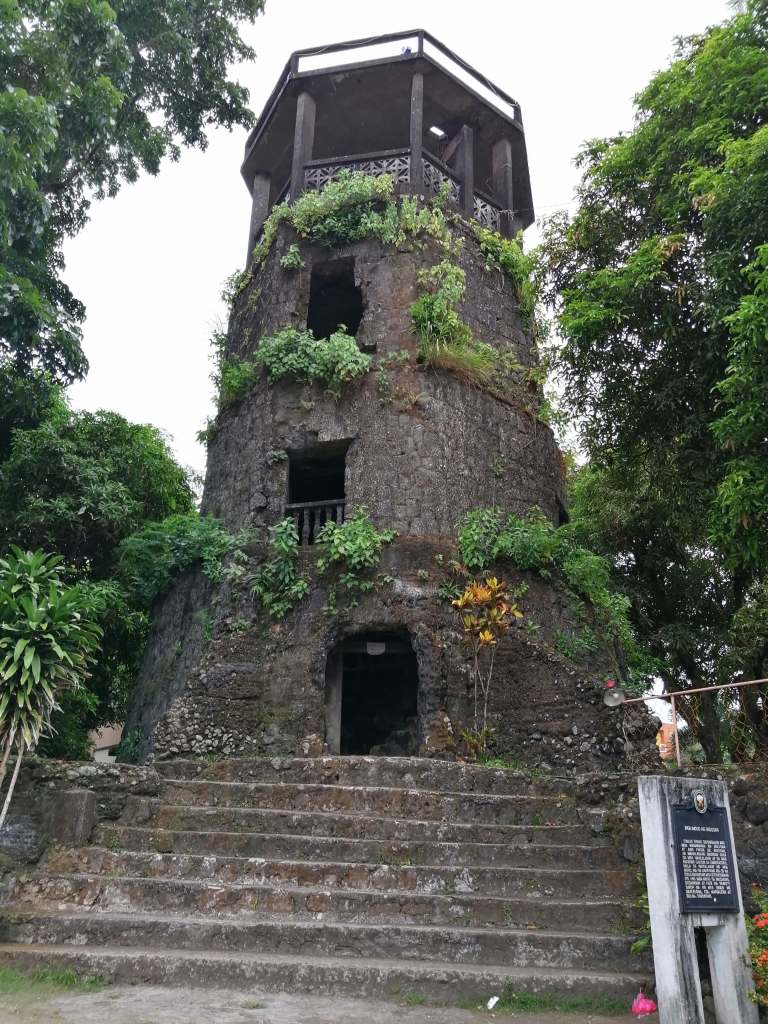
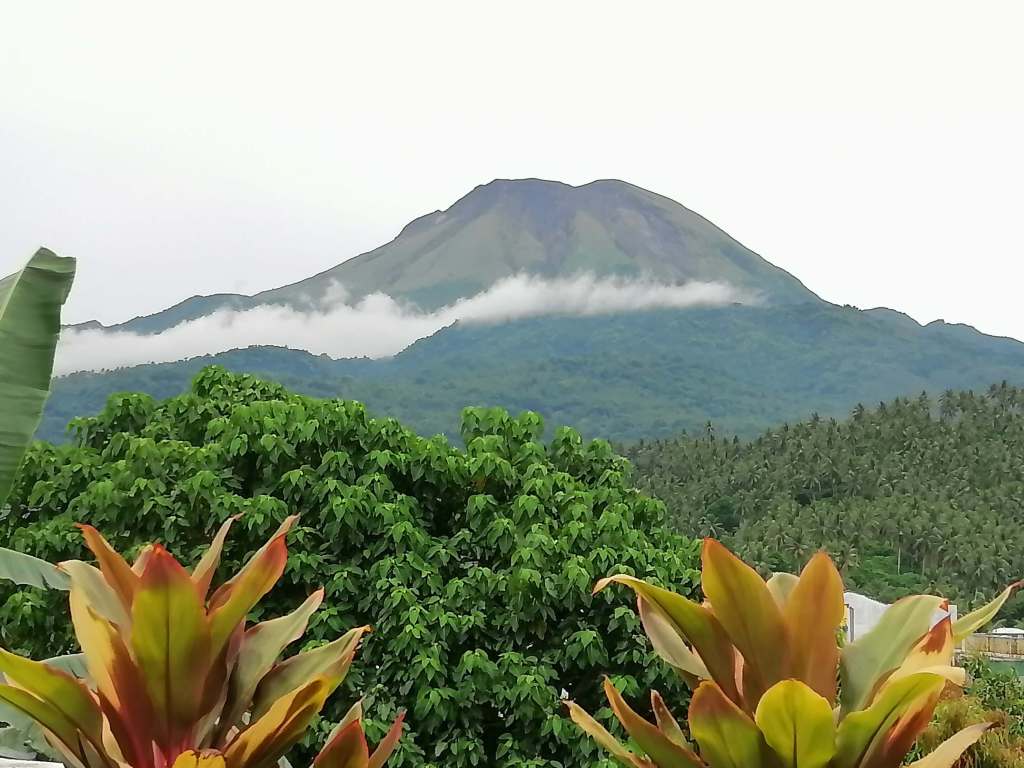
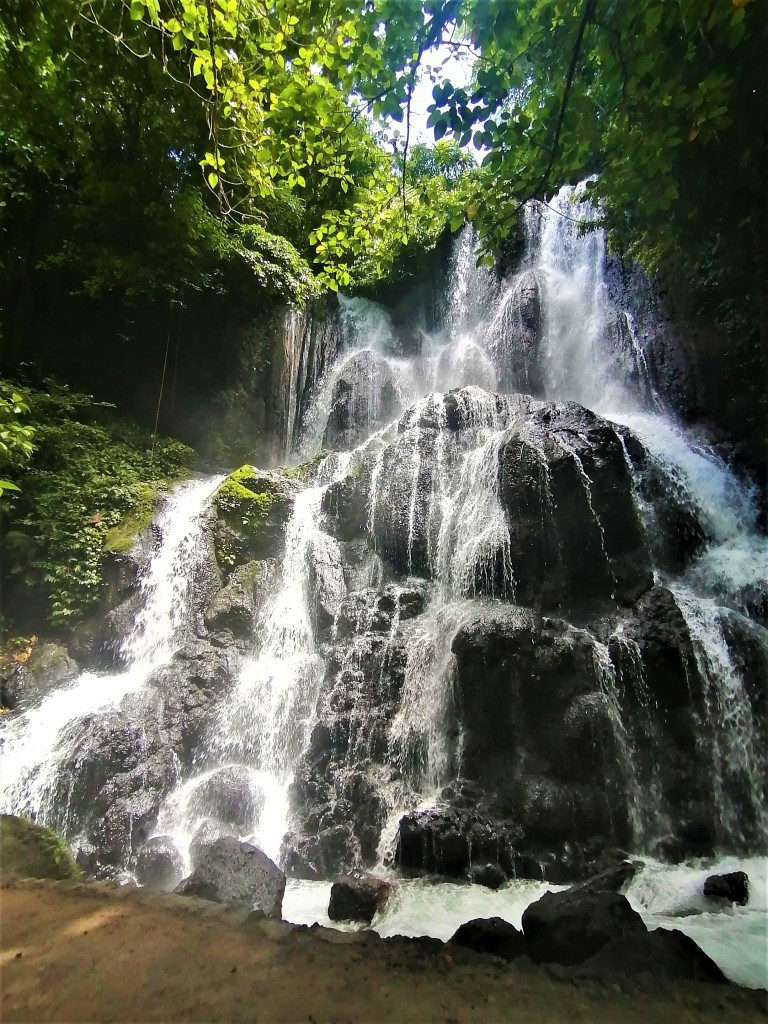
(Malungoy-lungoy Falls in Google Maps)
Inside the eco-park are 3 natural waterfalls. The first two (Kambal Busay Falls and Hidden Falls) are a short trek away. Hulugan Falls is a 30-minute trek from the resort which we’re not able to visit.
This is one of the majestic waterfalls I’ve ever visited.


#gayonsorsogon #ExcitingBicol #wheninbulusan #itsmorefuninthephilippines

#gayonsorsogon #ExcitingBicol #wheninbulusan #itsmorefuninthephilippines
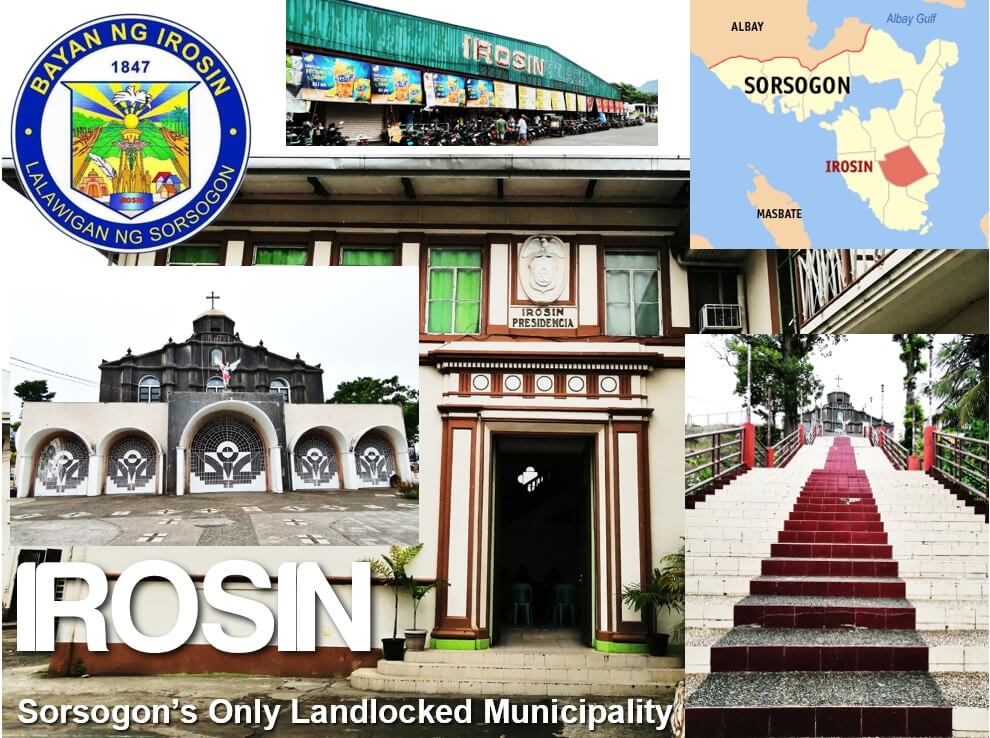
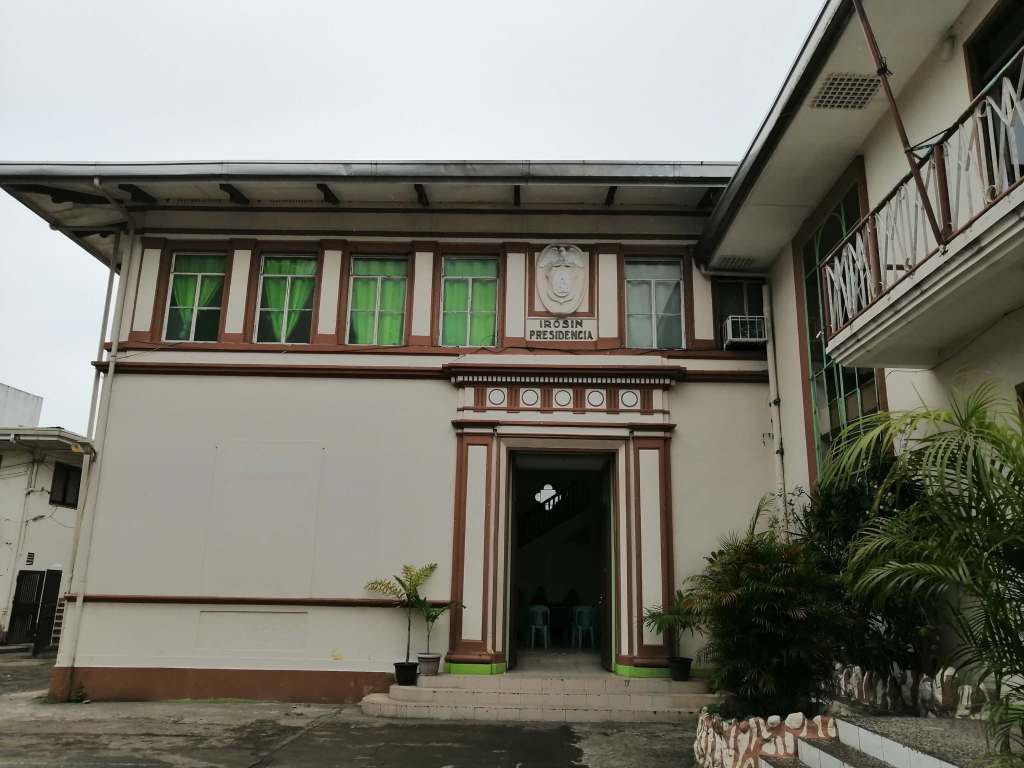
The construction of this structure started in 1888 in compliance with the requirement of the Consejo de Administration de Filipinas for an organized municipio and casa tribunal in a newly established pueblo. The building was attacked by members of NPA on April 10, 1989 and it was riddled with bullets but the damages it sustained have been subsequently and effectively repaired. A movie was later made about the siege entitled “Irosin, Pagputok ng Araw, Babaha ng Dugo” which starred Anthony Alonzo, Aga Muhlach, and Chat Silayan.
For detailed post on Sorsogon’s heritage churches, click below:
Visita Iglesia in Sorsogon
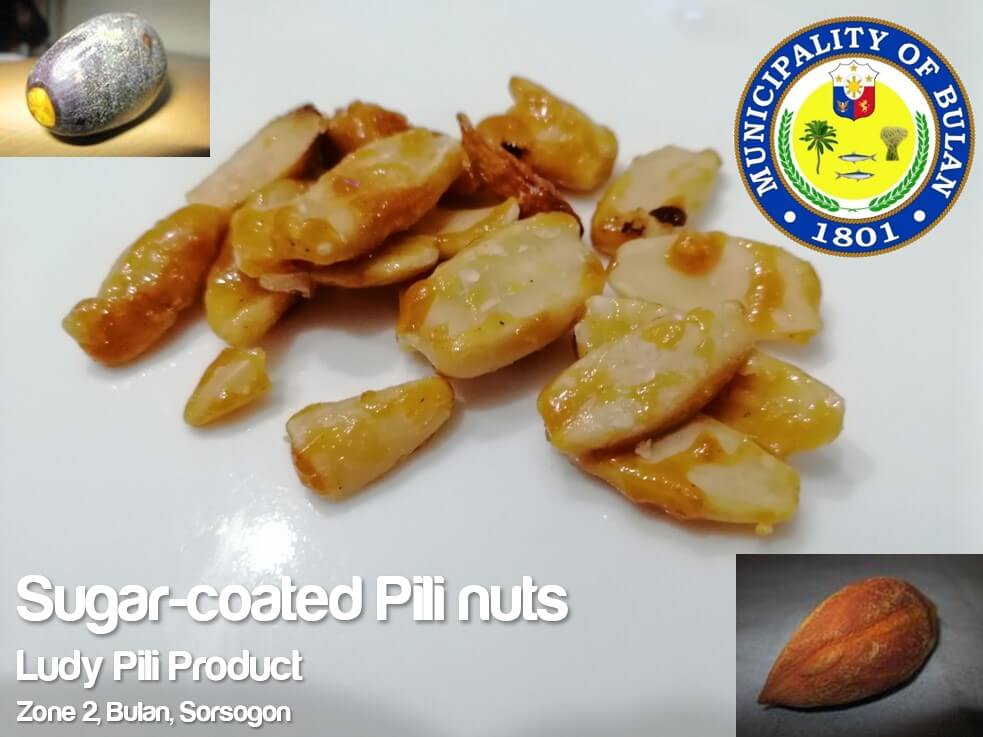
Canarium ovatum, the pili (Central Bikol and Filipino: pili), is a species of tropical tree belonging to the genus Canarium. It is one of approximately 600 species in the family Burseraceae. C. ovatum are native to the Philippines. They are commercially cultivated in the Philippines for their edible nuts and is believed to be indigenous to that country. The species is considered a flagship commodity of the Bicol region, the primary location of the pili nut trade. #pili #otop #delicacy #wheninsorsogoncity #GayonSorsogon #ExcitingBicol #itsmorefuninthephilippines
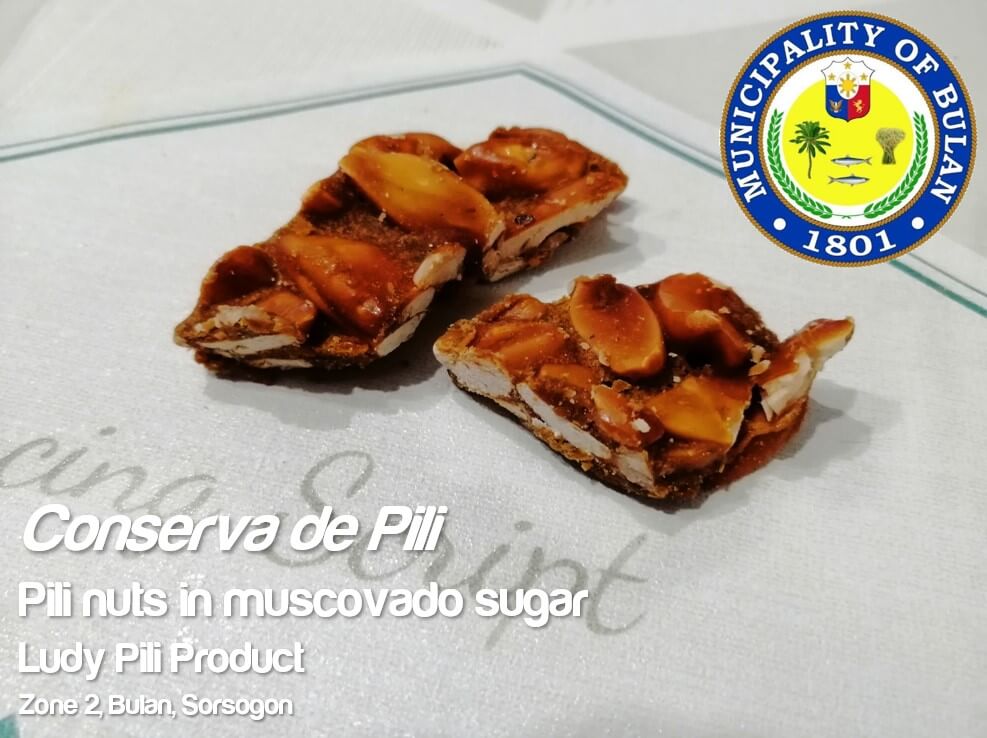
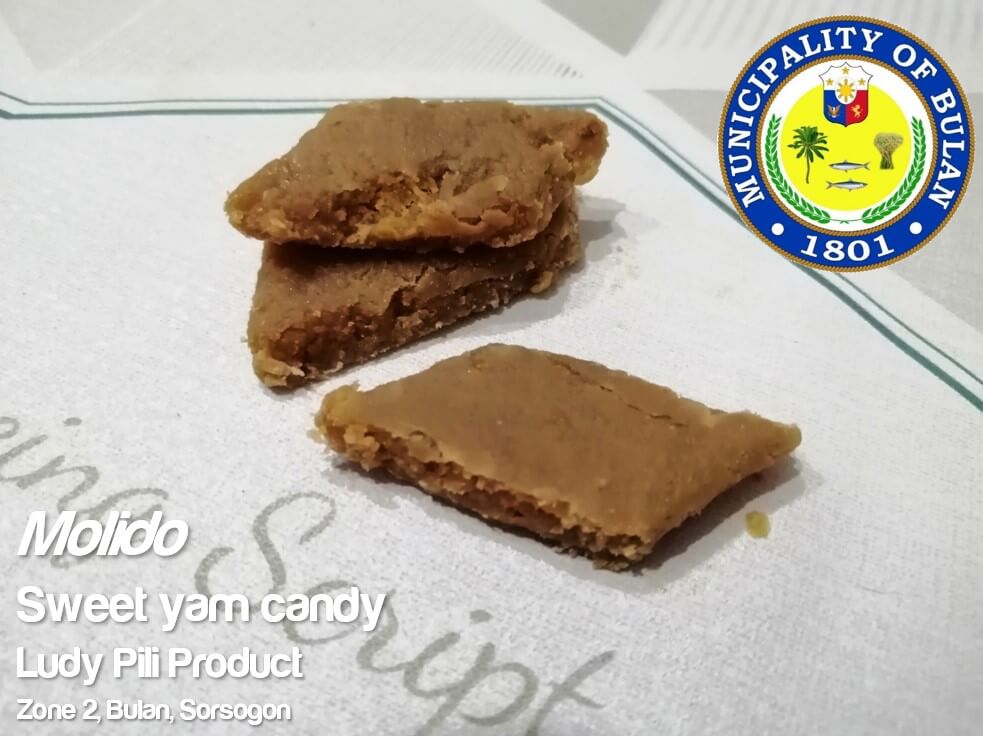
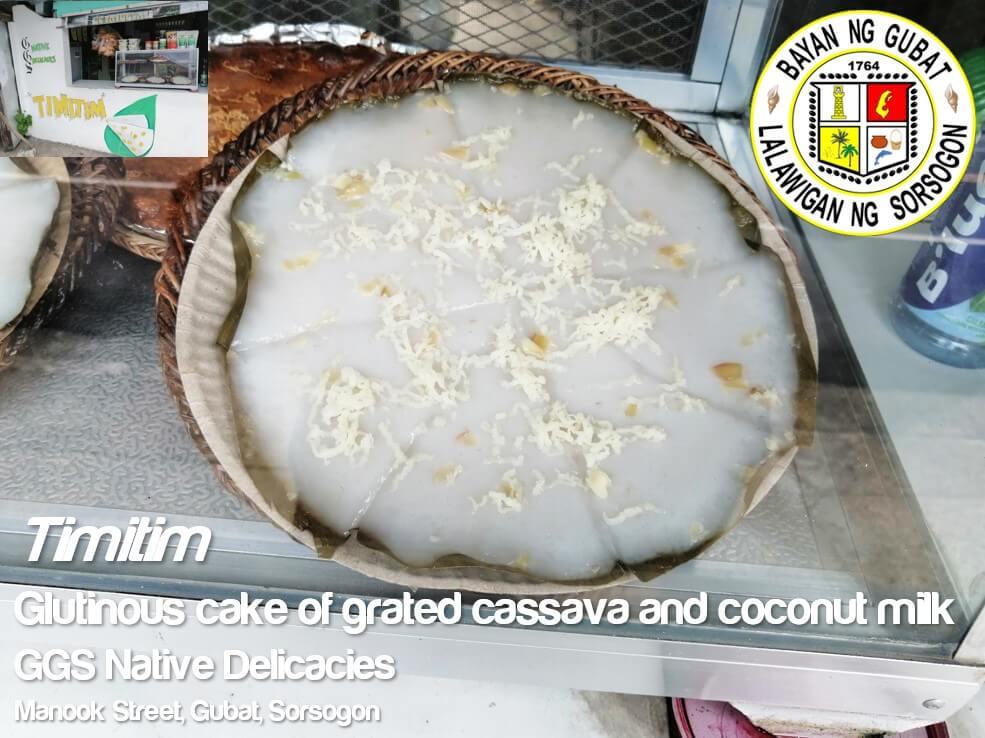
Timitim is a local delicacy/pamahawon/merindalan of Gubat, Sorsogon. It is made of cassava (kamoteng kahoy) with coconut milk, topped with pili or corn with Cheese. Some toppings are salted egg and chocolate.
Made from extracting cassava or kamoteng kahoy in Filipino, according to one of the vendors, Grace Salvan, the delicacy’s name is derived from “patikim-tikim” (tasting) .
No one is quite sure how the tradition of timitim started in Gubat, but Salvan said a member of the Camara family introduced the delicacy in the 1970s.
Para siyang tikoy na pichi-pichi na sticky at malambot pero very light ang lasa.
 Kaya kong ubusin sa isang upuan.
Kaya kong ubusin sa isang upuan.
#gayonsorsogon #ExcitingBicol #WhenInGubat #AnGubatNaAramKo #GoGubat #timitim #delicacy #itsmorefuninthephilippines
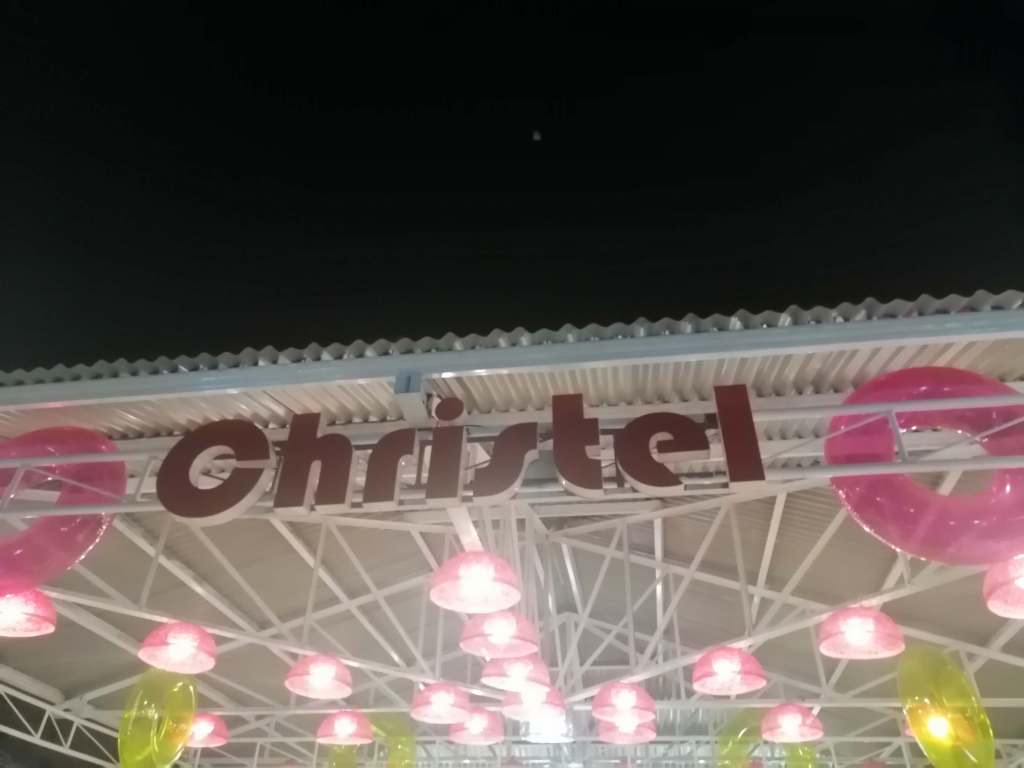
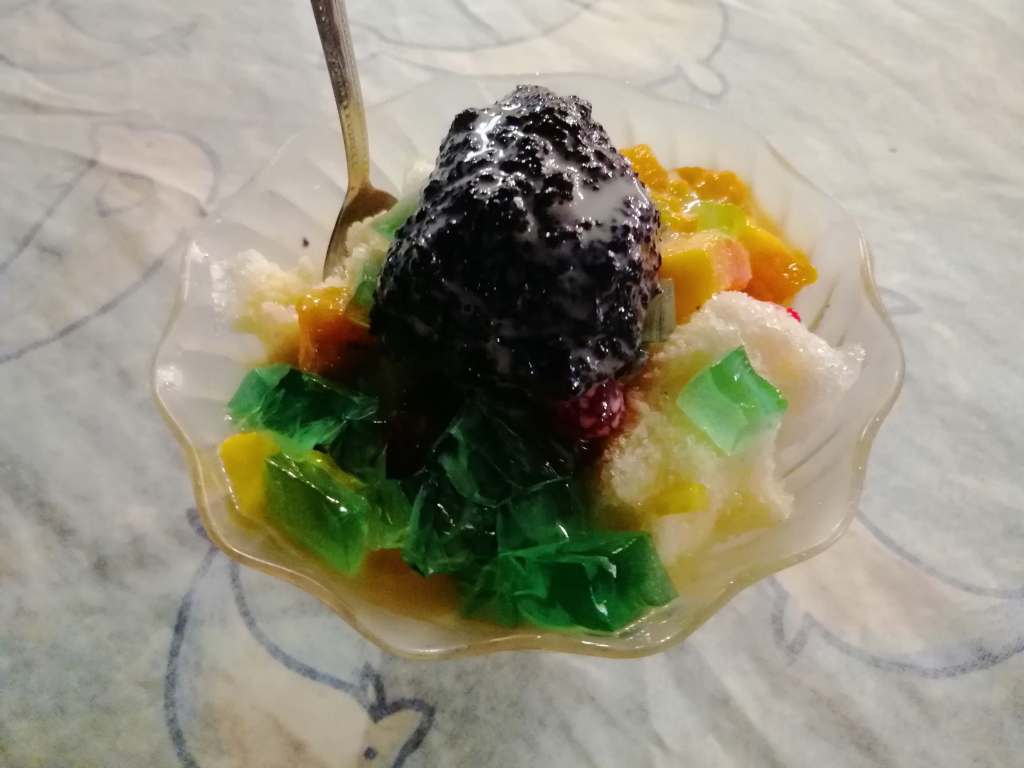
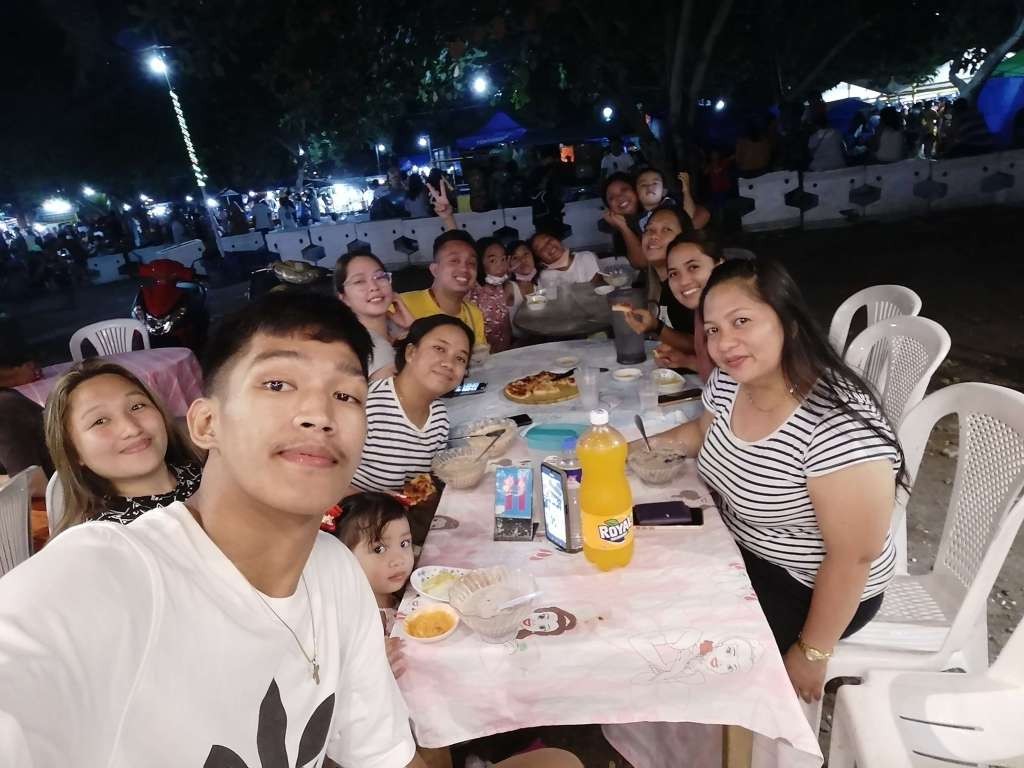

Halo-halo de Bulan


Below are Bicol Abaca handbags bought at a shop in Bicol International Airport.

#ExcitingBicol #buylocal #abaca #supportlocal
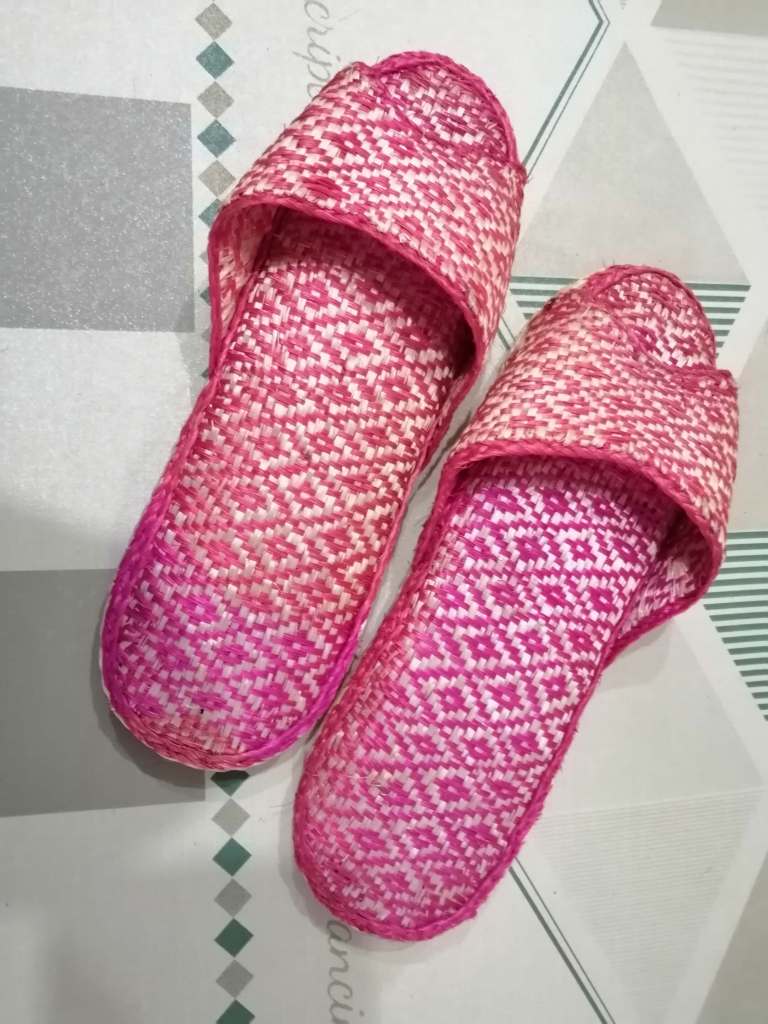


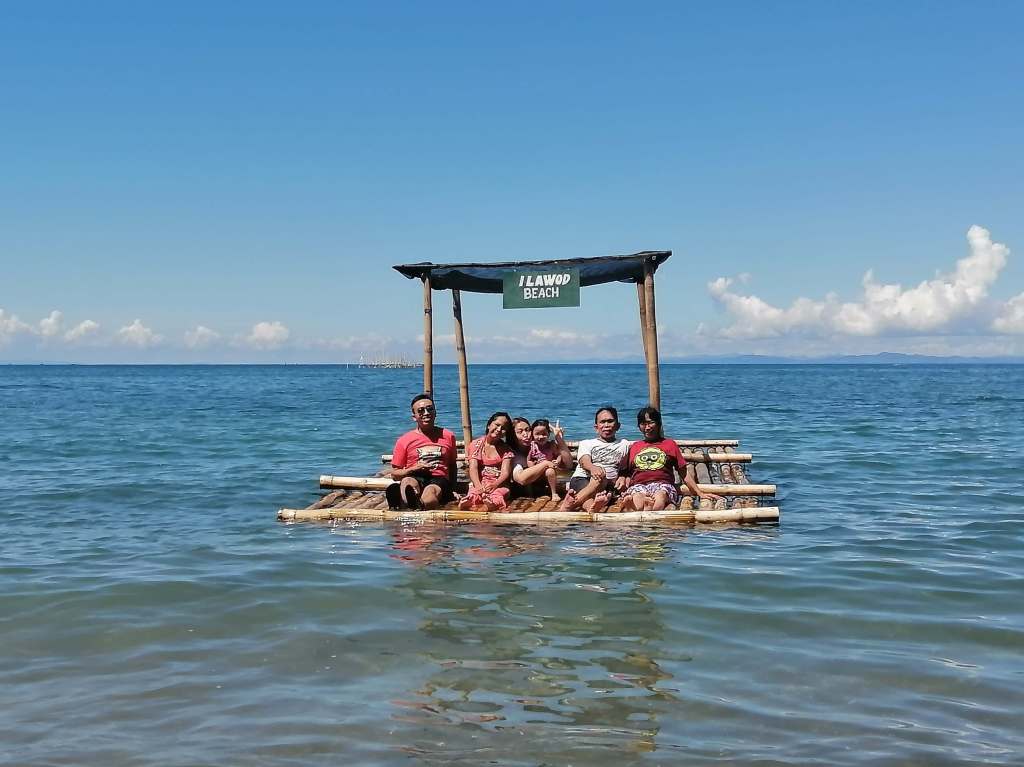

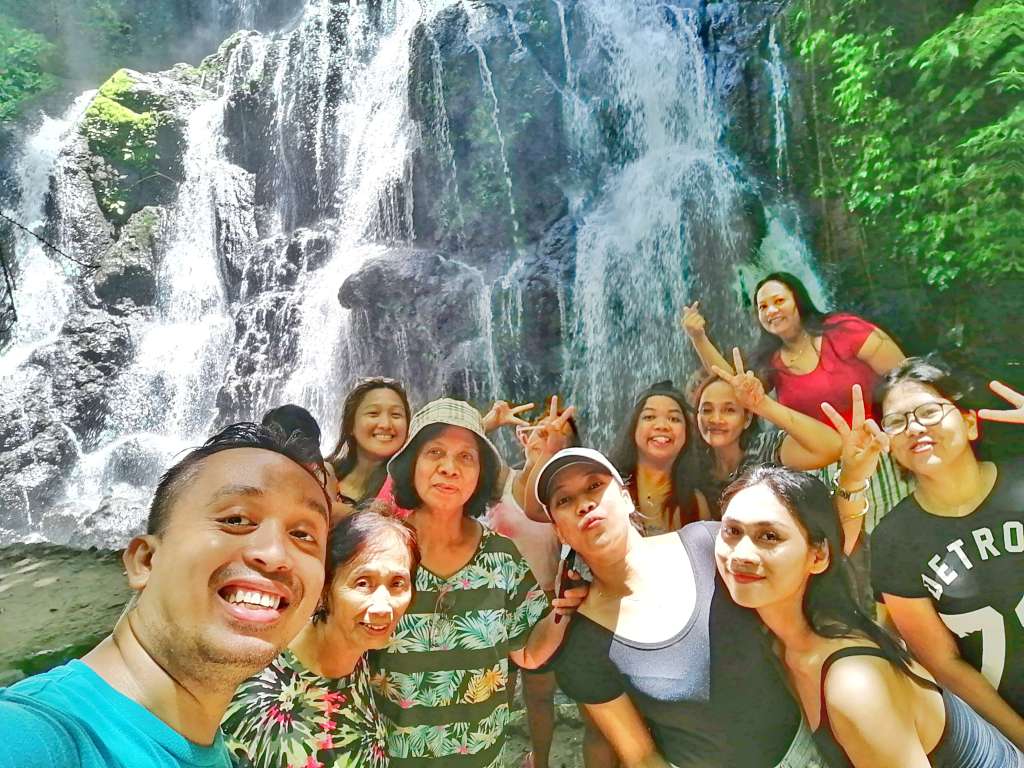

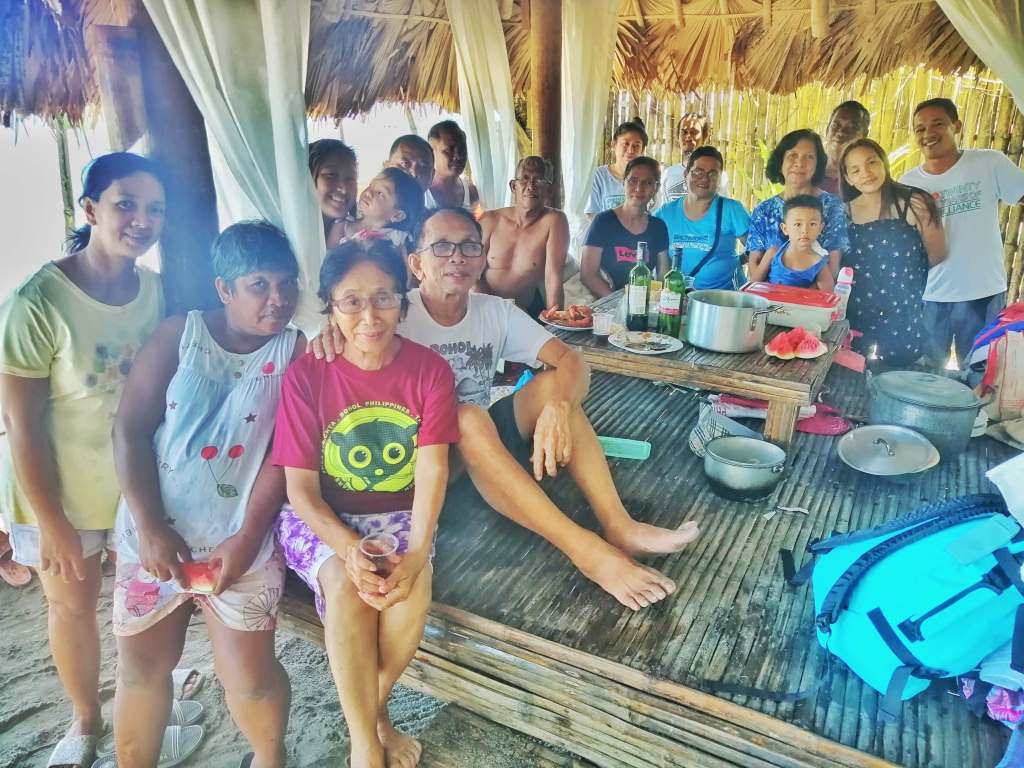
#MahalKongSorsogon 😁🏖️ (n_n)
2 thoughts on “Sorsogon: Sauntering at the tip of the Bicol Peninsula”